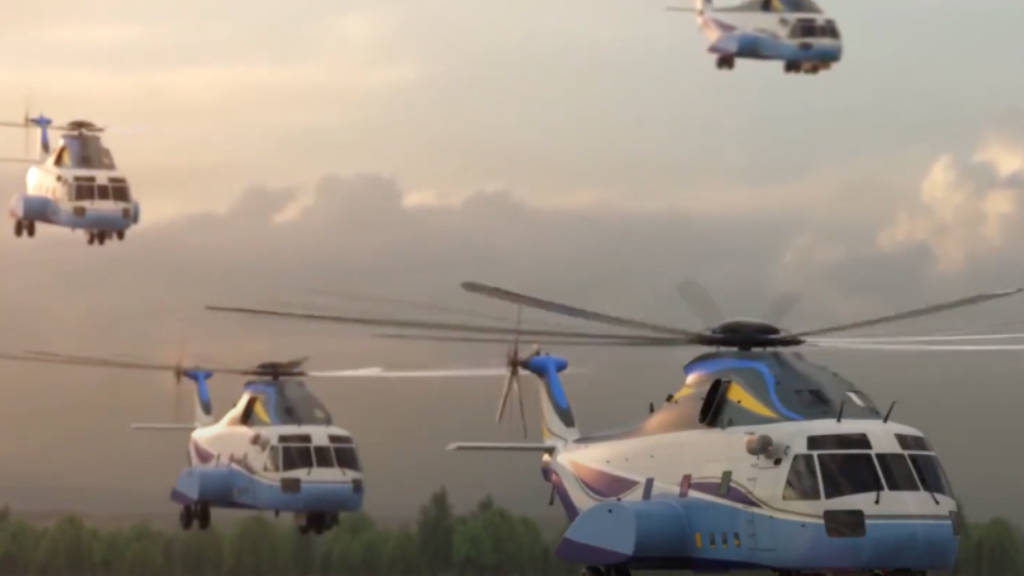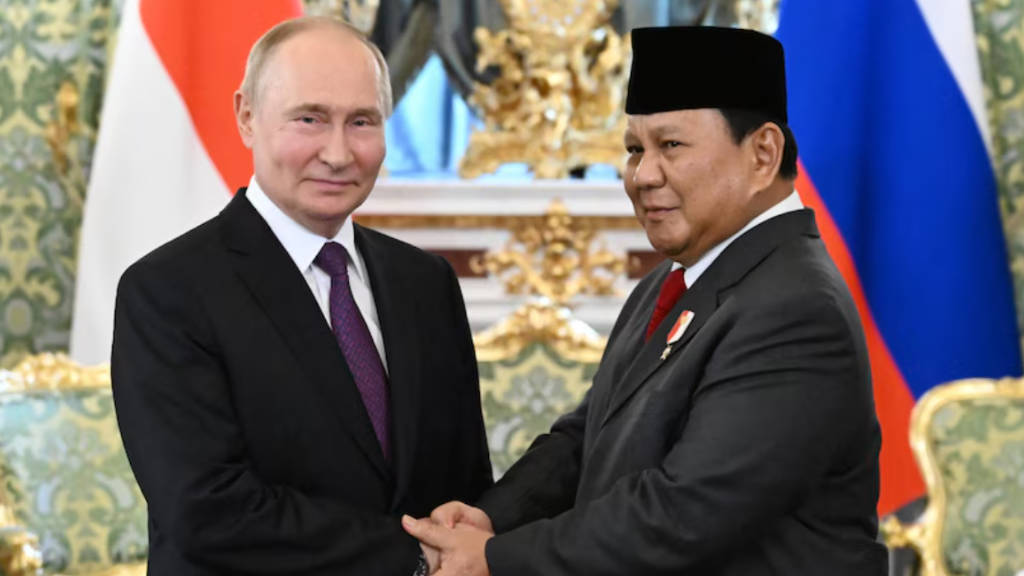Russian-Chinese cooperation in aircraft engine manufacturing was discussed during Russian Industry and Trade Minister Anton Alikhanov’s visit to China this week, according to the Russian Trade Ministry. Alikhanov visited a Chinese aero-engine institute as well as technological development and innovation centers.
First Deputy Russian Prime Minister Denis Manturov said over a year ago in Beijing that supplies of Russian aircraft components, including engines, were being considered as a possible option for cooperation in aircraft manufacturing. He stated that this would require the adjustment of previously approved interstate documents.
Initially, Russia and China discussed the joint creation of a Russian-Chinese wide-body passenger aircraft, the CR929. In 2014 Russia and China signed a cooperation agreement, and a little later the China-Russia Commercial Aircraft International Corporation (CRAIC) was established and became the project operator. Commercial deliveries were scheduled to begin after 2025, but first the Covid pandemic forced the partners to review the deadlines and move the start of deliveries to 2028-2029, and then anti-Russian sanctions prompted them to change the format of cooperation from joint production to a customer-contractor agreement.
Manturov stated in May 2024 that “We have revised the format of this project, and changes in interstate documents should be made in terms of changing approaches. In other words, there is a customer and a contractor. The Russian side is willing to join with these competencies in this project based on a contract of executors.”
In parallel, Russia and China are working on creating a Russian-Chinese heavy-lift civilian helicopter. The intergovernmental agreement on the project was concluded in 2016, and the contract was signed in 2021. As reported, its maximum takeoff weight should be 38.2 tonnes, its flight range is 630 kilometers, and its speed is 300 kilometers per hour. Serial production of the helicopter, according to the agreements, will be set up in China, with Russia supplying some of the parts. Alikhanov’s visit to China should help move some of these projects along. He also visited the research and development center of Li Auto EV manufacturer, where he got acquainted with the autonomous driving system and tested a new model of the Lixiang Mega electric minivan. He additionally visited Piesat Information Technology, which is China’s largest software developer of telecommunications satellites and Earth remote sensing devices.





